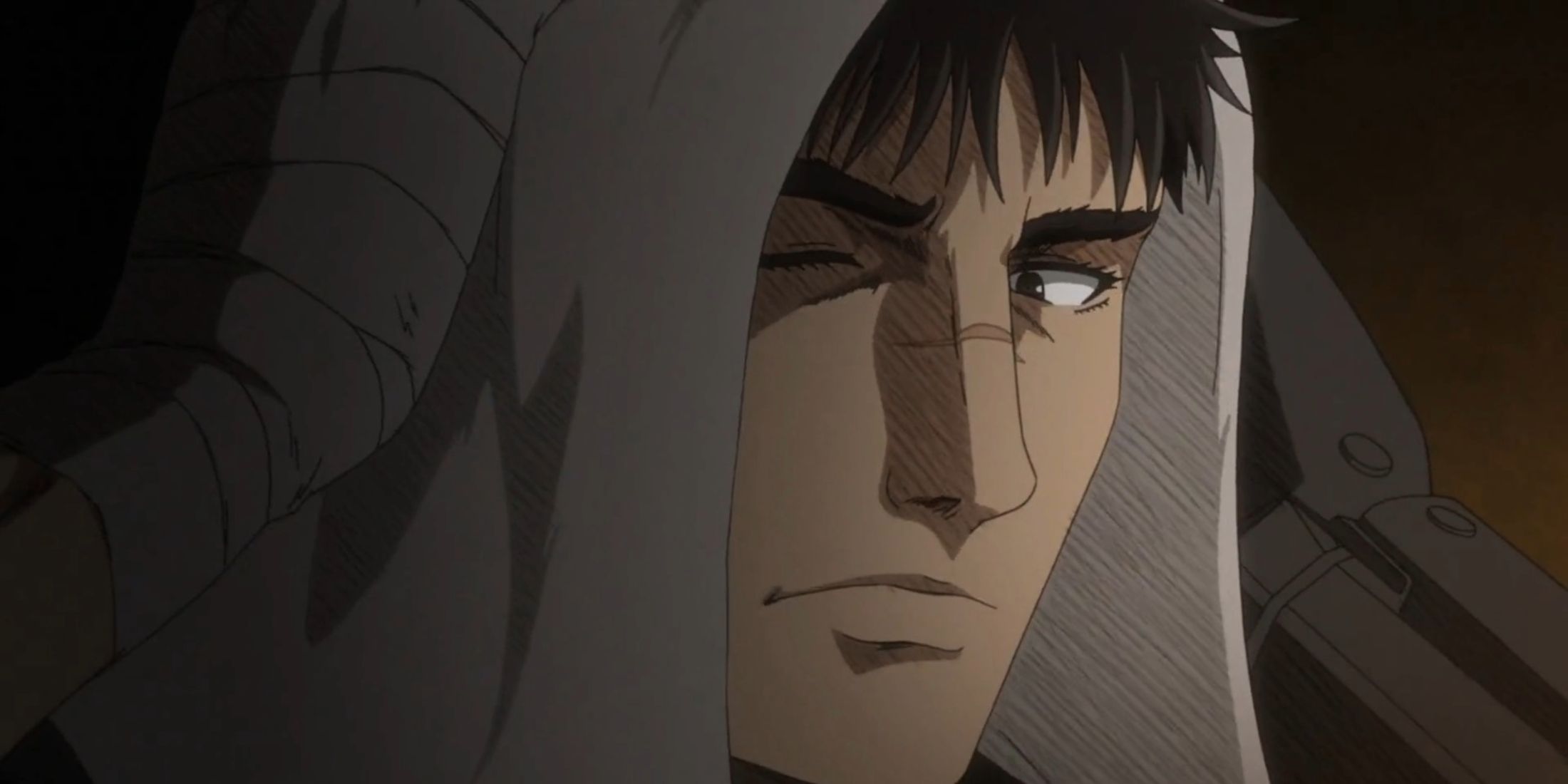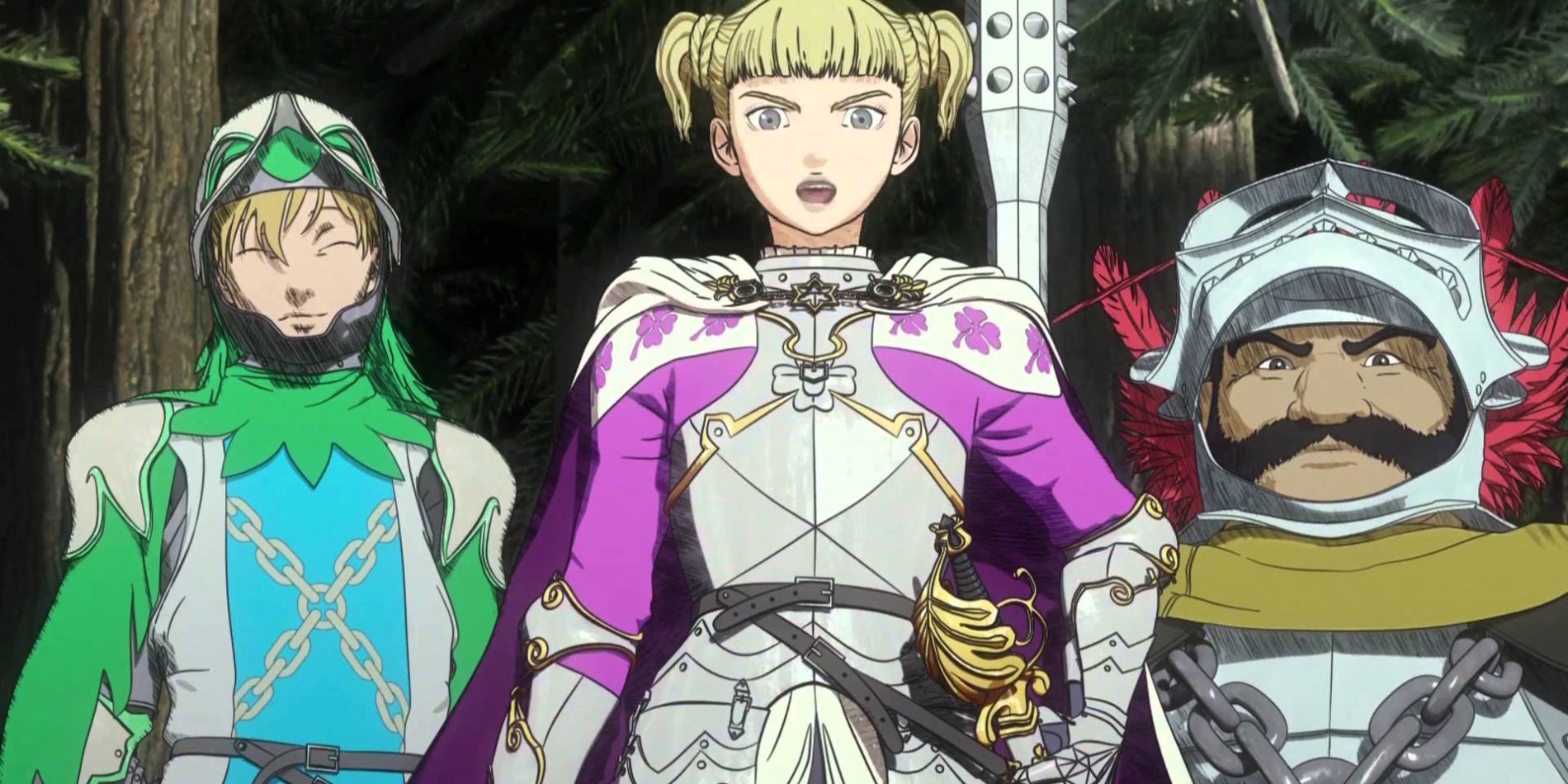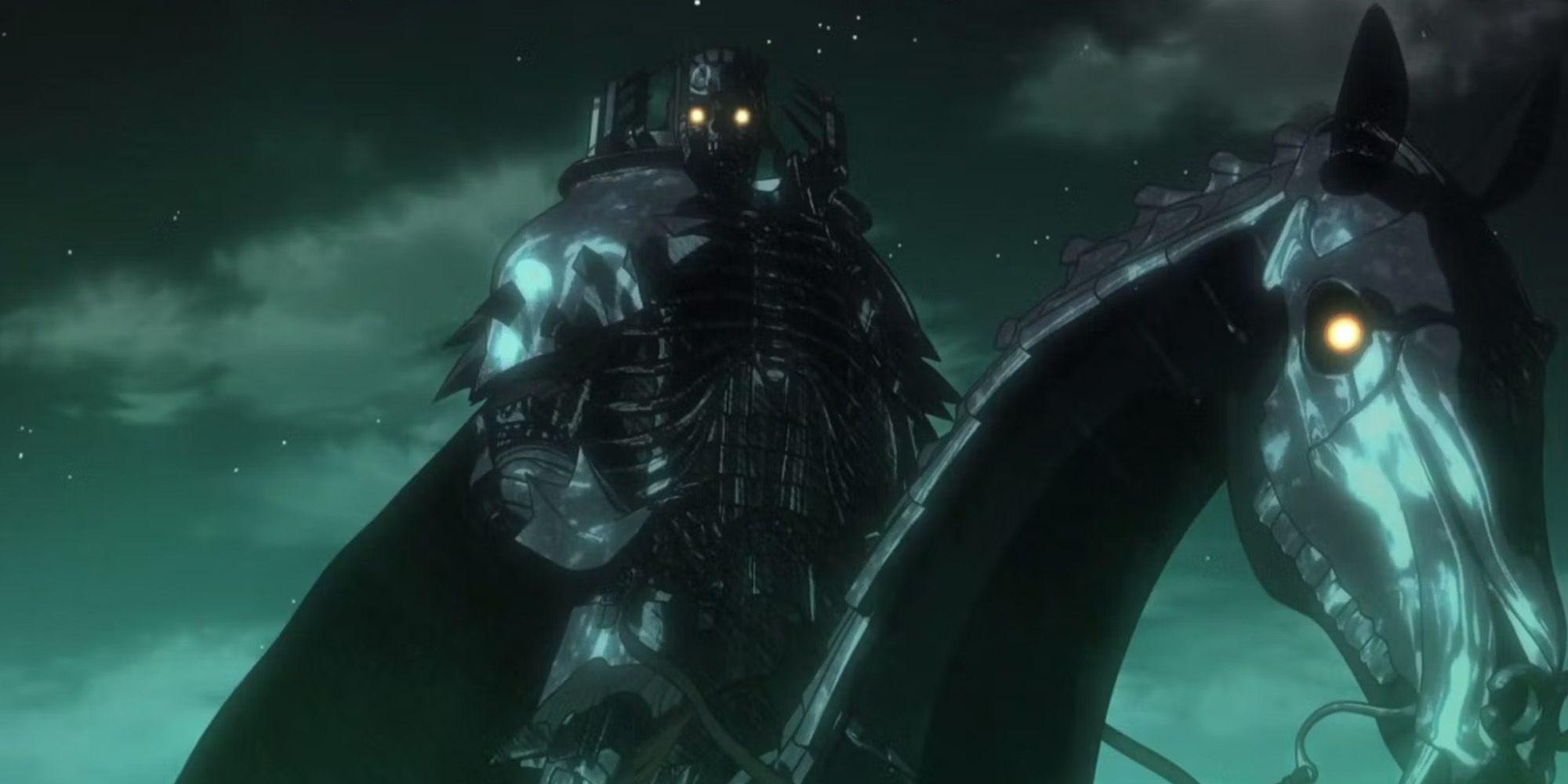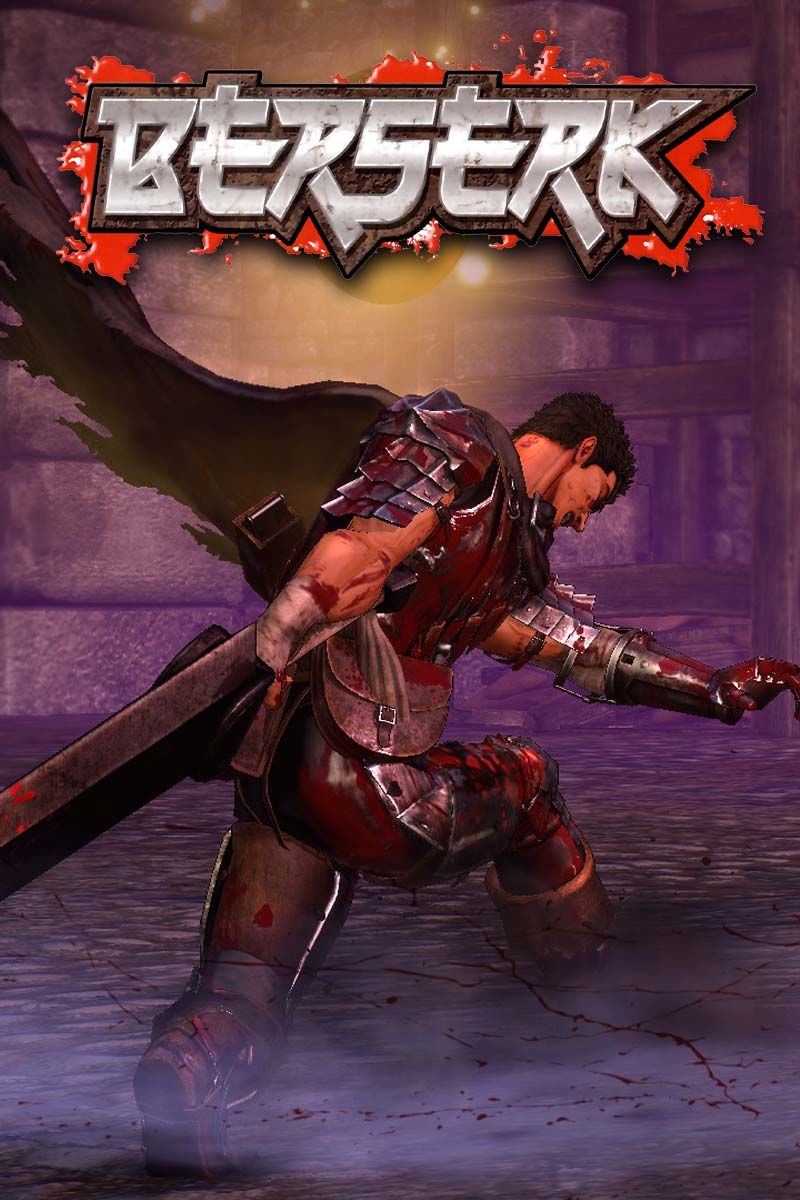Highlights
- The 2016 Berserk series offers new arcs and characters, but falls short in animation and sound quality compared to its predecessors.
- Fans were disappointed by the use of 3D animation, lack of essential story beats, and censorship in the 2016 Berserk adaptation.
- Despite its flaws, the introduction of Skull Knight and new arcs provide redeeming qualities for viewers willing to give 2016 Berserk a chance.
An often debated topic in anime circles is the lack of a consistent Berserk series to follow the brilliance of mangaka Kentaro Miura's work, which released its first issue in late 1990. The Black Swordsman Arc was adapted into a series from 1997 to 1998, leading into the Golden Age arc for a total of 25 episodes. Sadly, the series ended after six months, and fans of the Berserk franchise would not get another animated series until 2012, when the Golden Age arc was again re-visted, this time in a trilogy of theatrical anime films. The improvement in the quality of animation and storytelling were appreciated by the fandom, despite the lack of the beautiful soundtrack from the 1997 series. Unfortunately, it meant that fans would only get to see a glimpse into the first 14 volumes of a wonderful story that has since reached nearly three dozen volumes in its lifespan.
That is until 2016, when another anime series of Berserk was released to the public, offering fans a different look into the enriched story of Guts, Casca, and Griffith. This time around, the two-season series, consisting of 12 episodes each, covered the Conviction and Falcon of the Millennium arcs, respectively. The audience craving new material and different arcs were finally rewarded with 24 episodes of new characters, enemies, and twists and turns along the way. Taking one look at their official audience rating on iMDB will indicate that the Berserk 2016 series was a fall from grace, failing to live up to the story's full potential and registering a 6.7 rating, which pales in comparison to the 8.7 rating of the 1997 series. Regardless of its shortcomings, there are some good things to pull out of the negatives that give fans reason to give this series a chance.
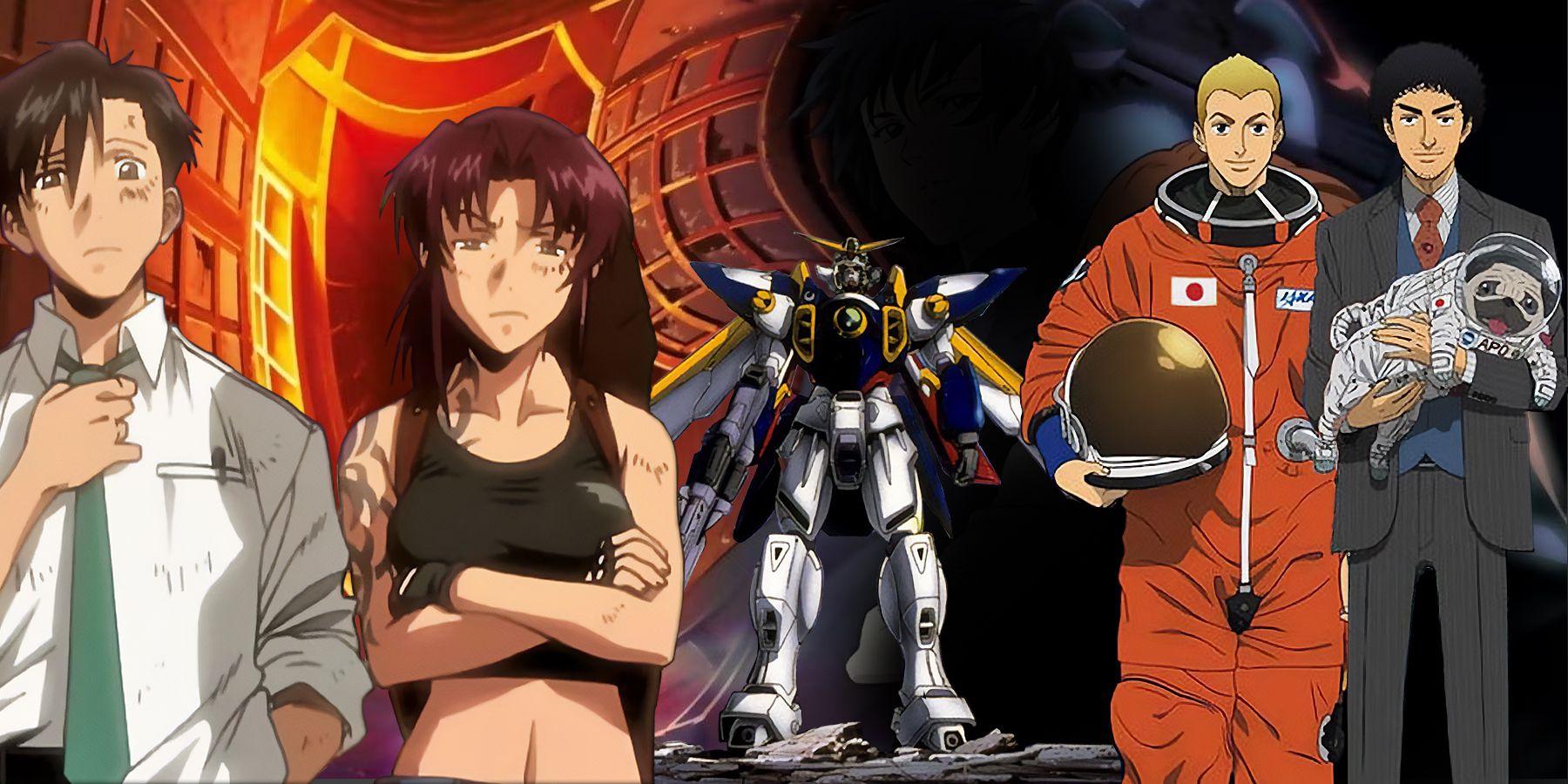
Best Anime On Crunchyroll (June 2024)
From currently airing romance series to shonen classics and isekai masterpieces, here are the best anime that can be streamed on Crunchyroll.
The Use Of 3D Animation & Sound Quality
One of the most jarring things about the 2016 Berserk series is the noticeable push towards using 3D animation as a method to showcase movement and intensity during many of the combat scenes. While the 1997 series had raw and beautiful animation, and the 2016 theatrical trilogy perfected the fluidity of each scene, the combination of 2016's 3D and 2D animation left many feeling disoriented during some of the most important moments in the Conviction arc. This marked the first series under studio GEMBA's watch, but its animators were not able to capture the aura or feel of Berserk's combat while using the 3D enhanced scenes. This doesn't go to say that its 2D animation was terrible, as many feel the strongest points were when the animation was less complicated and focused on character movement and coloration.
A strong argument can be made for the 2D animation needing more screen time, as the final scene of 2016's Berserk is one that captivates its audience and leaves them shocked and in awe. The final moments of the 2016 Berserk series features Guts and his new cast of allies taking a break at a town pub, finally able to relax their bones for a moment and enjoy some peace amidst their next battle. The camera pans and simple, yet beautifully designed illustrations are what the audience hope for more of. Thankfully, this final scene avoids the 3D animation quality and opts for a raw approach, but it also leaves out another miss from the series; it's sound design. If it wasn't for the animation quality taking a big dip compared to its theatrical predecessors, the sound quality of 2016's Berserk would have been far more criticized than it already was.
Another highlight of the trilogy of Berserk films was its outstanding soundtrack and brilliant sound design, especially during combat sequences. Every swing of the blade felt impactful, footsteps marching down the road gave the impression of incoming doom, and every minor detail had meaning. Fast-forward to the 2016 series, and several miscues left the audience unable to get through a fight scene without complaint. Guts' sword sounds like two pans being hit together, giving off a clanging, ringing sound, and it was used several times in each battle. In the past, Guts' ability to slice through enemies would be a highlight of the episode, but 2016's Berserk felt more comedic, with bodies being cut through evenly and sent flying in the air, all while the pot-banging sound effects rang in the ears of those who watched.
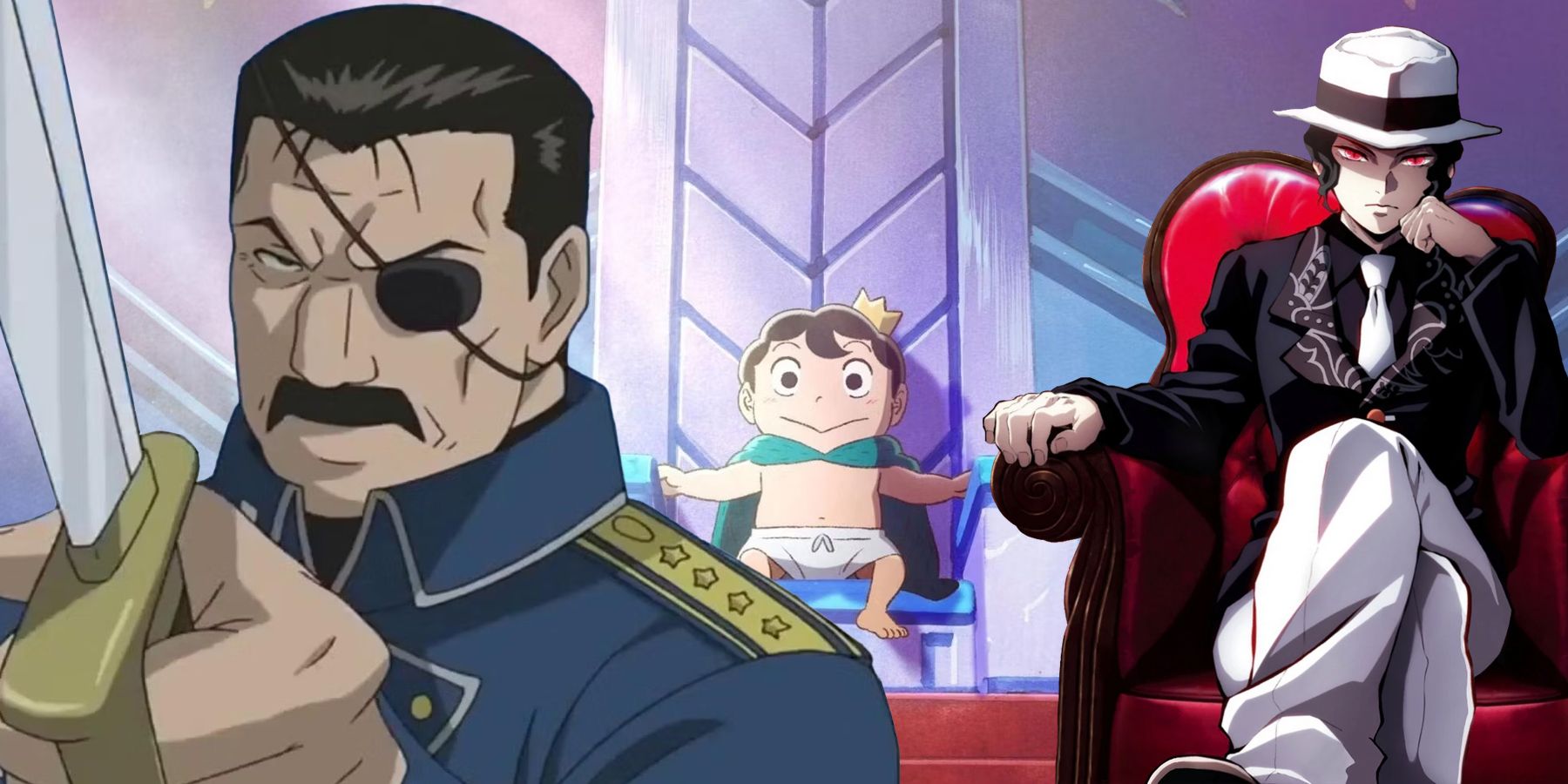
Most Iconic Kings In Anime
Several anime shows focus on monarchs, specifically kings, and these are just some of the best in anime.
Censorship & Missing Essential Story Beats
While Berserk 2016 gives fans a new story to follow along with, there are some discrepancies between the two-season series and what appears in the manga. In order to keep things moving quickly and allow for as much action and blood as possible, the Lost Children Chapter is missing from the story entirely. This includes Guts' battles with the likes of the possessed tree, the Elves of Misty Valley, Rosine, and Rosine's Forest Guardians. The battle against the possessed tree was featured as Guts' first test after the Black Swordsman Arc, following his dominance over a skeleton horde, but is instead replaced by running into Farnese and her troops. While the action that follows is marvelous to watch, especially with Guts mowing down the lackies that face him, the glaring hole left behind is felt by an audience familiar with the manga.
Omitting Guts' first encounter with an apostle also left a bitter taste in the mouths of fans who clamored over Berserk's protagonist taking them down one by one, in pursuit of Griffith. While Rosine presents herself as a leader of the elves, the lost children of the forest, it is later revealed that her true form is that of an apostle. During Guts' battle with Rosine, Guts is overwhelmed by the mismatch in speed, but is able to catch her off guard by using Jill, a resident of the local town who followed Guts, as bait before landing a blow that would devastate Rosine. All of this and some backstory to Guts' traumatic upbringing in previous arcs is missing, which many felt was unnecessary, given the amount of time that is spent on future episodes.
Although it wasn't much of a surprise, the violence and sexual themes were subdued in 2016 Berserk as well, despite holding a TV-MA and 18+ rating in North America. This meant severely cutting certain aspects of the arc, or minimizing the amount shown. For example, one of Guts and Farnese's first journeys together, albeit forced at the time, includes a scene depicting a possessed horse assaulting Farnese while she is nude and in a compromising position. Farnese is later controlled by the apostle and forces herself onto Guts while still unclothed, but the animated episode depicts Farnese in a barbie-like state, revealing nothing more than the outline of her curves and bare skin. While it's not expected to have gone further than this, it was a major leap away from what was shown in the trilogy of films.
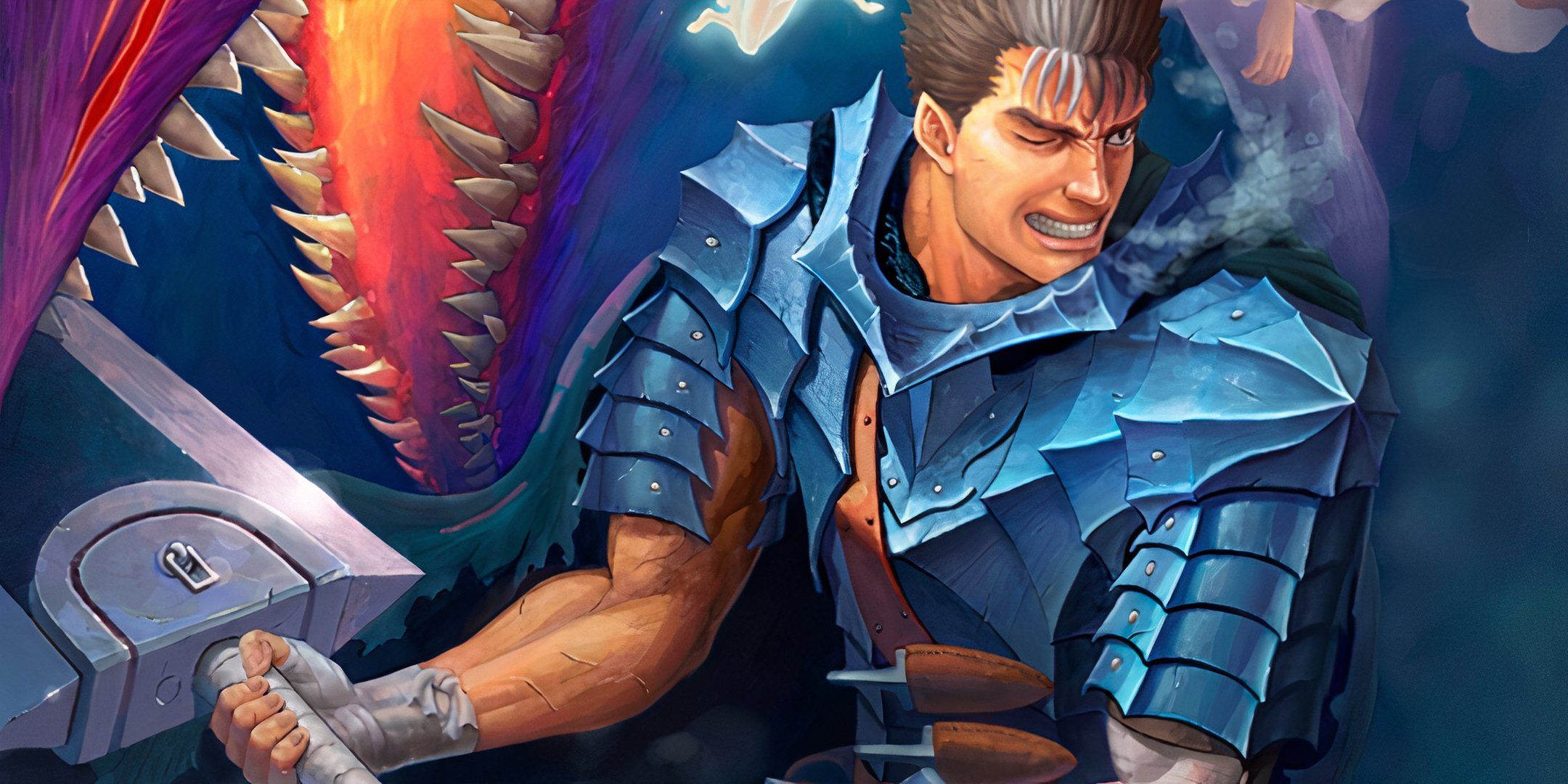
How Has The Berserk Manga Fared Without Kentaro Miura?
Three years after Miura's untimely demise, the manga has continued under Kouji Mori and Studio Gaga. How has their version compared to the original?
Skull Knight & Other Redeeming Qualities
With all of this said, there are still some wonderful reasons to give 2016 Berserk a chance, even if it's just to view it one time. One glaring difference between the 1997 and 2016 series is the inclusion of Skull Knight, a fan favorite of the manga. Skull Knight is an important character in both the story and Guts' development, and plays a pivotal role in the Millennium of the Falcon Arc as well. Along with Flora, a powerful mage and keeper of the Spirit Tree, Skull Knight introduces the Berserk Armor to Guts, granting him a significant increase in his power and abilities, but costs him more than he understands at the time he first wears the suit. In previous arcs, Skull Knight is responsible for saving Guts and Caca from the God Hand and Griffith, and teaching Guts about the incoming doom that he faces.
2016 Berserk is still responsible for the introduction of two new arcs that were previously not covered, which is a break from The Golden Age's two renditions, both in series and theatrical forms. This allows for veteran and new fans alike to experience new adventures and witness the growth of Guts, who shuns the idea of working together with allies and bonding with a team, before realizing it had been happening all along. The introductions of characters like Farnese, Serpico, Isidro, and Puck are all welcoming personalities that clash with one another, yet have weaknesses and strengths that compliment one another. The Berserk Armor also being given to Guts is seen as a highlight of the two seasons, and Skull Knight's story with Flora is one that will tug at the heart strings right up to its conclusion.
Knowing the many faults and shortcomings of 2016 Berserk before diving in may enhance the experience of the viewer. For those who have yet to explore the manga and are anime-first observers, the weaknesses of the two-season series may not be as evident as those who know what to expect. Manga readers will be able to spot the differences immediately and feel underwhelmed with what has been left out, before picking apart the drop-off in animation quality and bizarre sound effects during each clash. Receiving the lowest rating of any Berserk-related media is well warranted, but it's at least worth watching it one time for the few positives and to experience two important arcs in Berserk's overall story.

